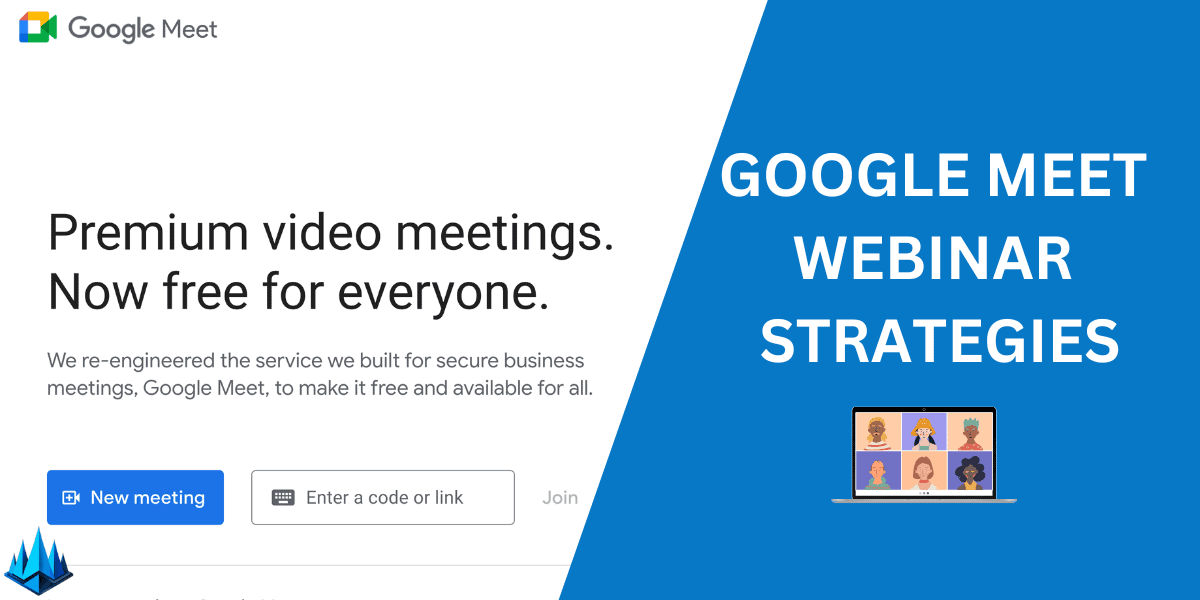Have you ever found yourself in an online meeting, thinking, “There must be a better way to do this”? You’re not alone.
The digital world is brimming with options, but it’s tough to sift through the clutter to find the best virtual meeting platforms. That’s where this guide comes in.
Discover platforms that are more than just a screen-sharing tool; they’re your ticket to more productive, engaging, and stress-free online collaborations.
You’ll unlock the secret to smoother, more effective virtual meetings. Say goodbye to awkward silences, confusing interfaces, and” Can you hear me now?” moments.”You’ll unlock the secret to smoother, more effective virtual meetings.
Say goodbye to awkward silences, confusing interfaces, and “Can you hear me now?” moments.
Key Takeaways
- Zoom is our top pick.
- Discover platforms that transform virtual meetings from mundane to remarkable.
- Learn about features that boost engagement and productivity.
- Uncover user-friendly interfaces that make online collaboration a breeze.
- Find out how the best platforms cater to diverse meeting needs.
What are the Best Virtual Meeting Platforms?
1. Zoom

Zoom has become synonymous with virtual meetings, offering a reliable, user-friendly experience. Its seamless integration with various devices and software makes it a top choice for personal and professional use.
Key Benefits
- High-quality video and audio.
- Screen sharing and virtual backgrounds.
- Integration with multiple platforms and tools.
Pricing
Zoom offers a free basic plan with a limited duration for meetings, while its paid plans provide additional features and longer meeting times.

Pros & Cons
- Pros: Wide adoption, easy to use.
- Cons: The free version has a 40-minute limit on group meetings.
2. Microsoft Teams

Microsoft Teams stands out for its deep integration with Office 365, making it a go-to for businesses embedded in the Microsoft ecosystem.
Key Benefits
- Seamless integration with Office 365.
- High-quality video conferencing.
- Extensive collaboration features.
Pricing
Teams are included in many Office 365 subscriptions, with additional features available in higher-tier plans.

Pros & Cons
- Pros: Excellent for users of Microsoft products.
- Cons: It can be overwhelming for new users.
3. Google Meet
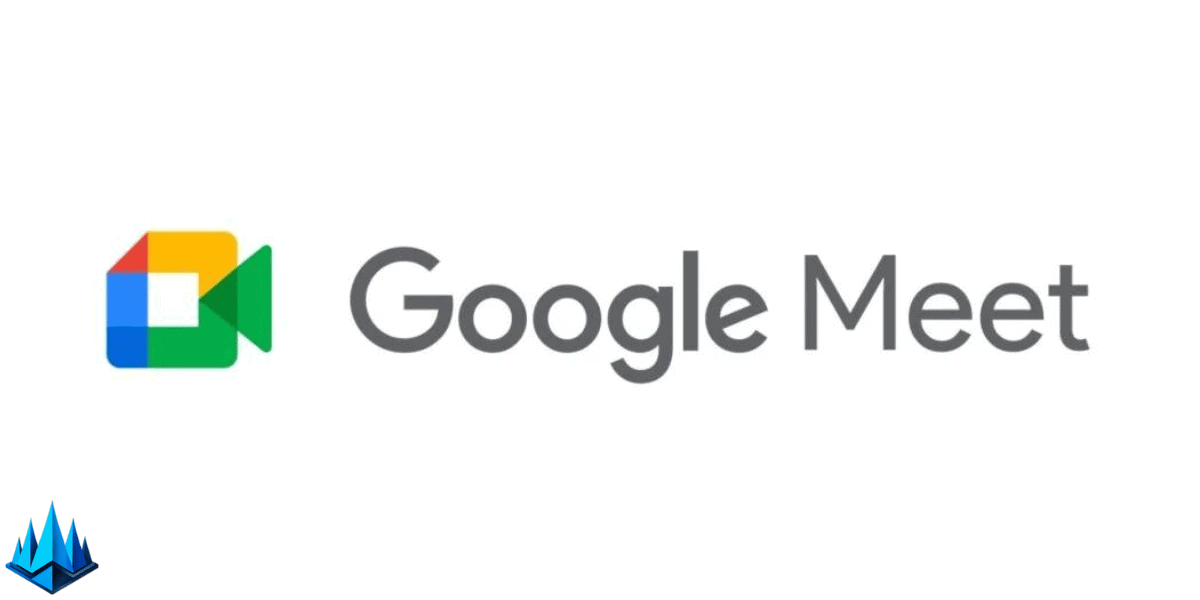
Google Meet, known for its simplicity and integration with Google Workspace, offers a straightforward approach to video conferencing.
Key Benefits
- Easy to use with a Google account.
- Integration with Google Calendar and Gmail.
- Good video and sound quality.
Pricing
Google Meet is FREE for primary use, with advanced features available in Google Workspace plans.
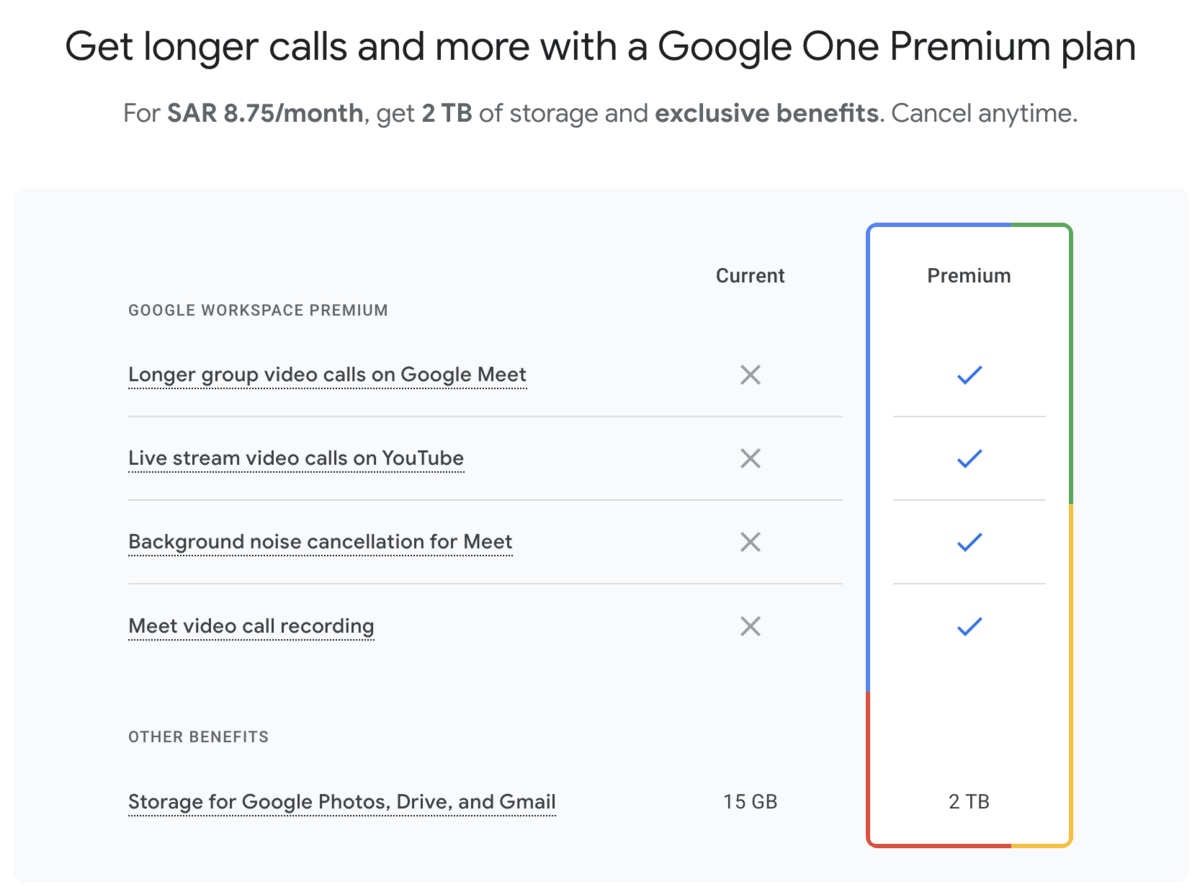
Pros & Cons
- Pros: Seamless Google integration.
- Cons: Limited features compared to others.
4. Webex by Cisco
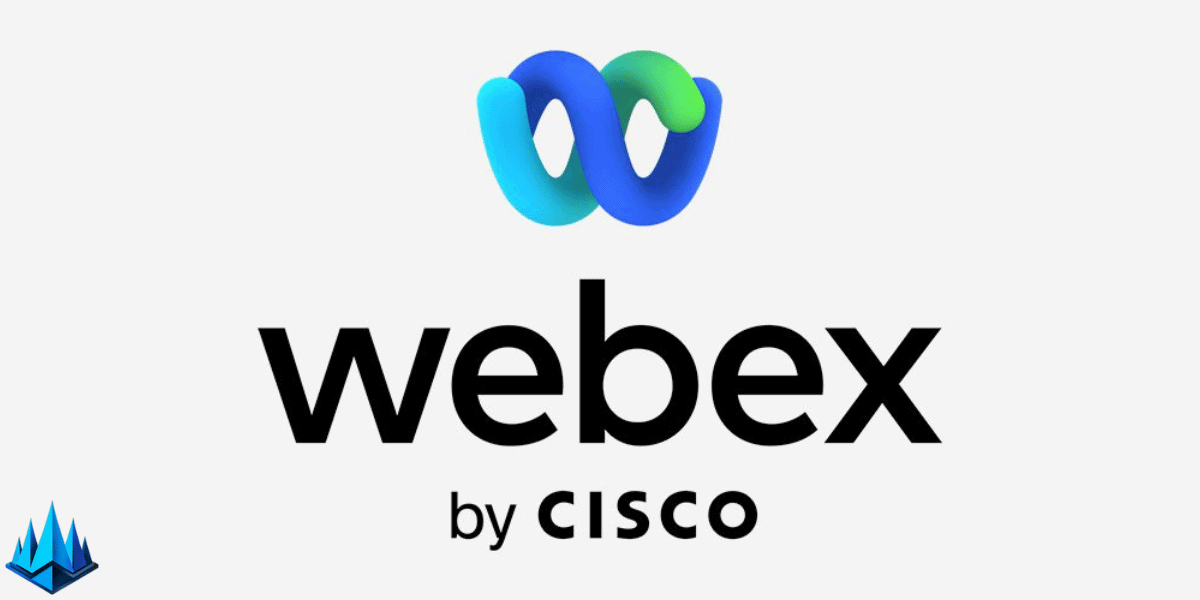
Webex is a powerful tool for businesses, known for its robust security and advanced features.
Key Benefits
- High-quality video and audio.
- Strong security features.
- Advanced meeting and collaboration tools.
Pricing
Webex offers a free version and several paid plans catering to different business sizes.

Pros & Cons
- Pros: Excellent security and professional features.
- Cons: Interface can be complex for beginners.
5. GoToMeeting

GoToMeeting is a reliable and straightforward conferencing tool famous for its ease of use and solid performance.
Key Benefits
- User-friendly interface.
- Reliable video and audio quality.
- Applicable screen sharing and meeting recording features.

Pricing
GoToMeeting provides a range of paid plans with a free trial for new users.

Pros & Cons
- Pros: Simple and efficient.
- Cons: Lacks some advanced features.
6. Slack

Slack is more than a messaging app; its video calling feature makes it an excellent option for quick, informal meetings.
Key Benefits
- It is integrated with Slack’s messaging platform.
- Suitable for quick, impromptu calls.
- Screen sharing and collaboration tools.

Pricing
Slack offers a free version with limited video call duration, with more features in paid plans.
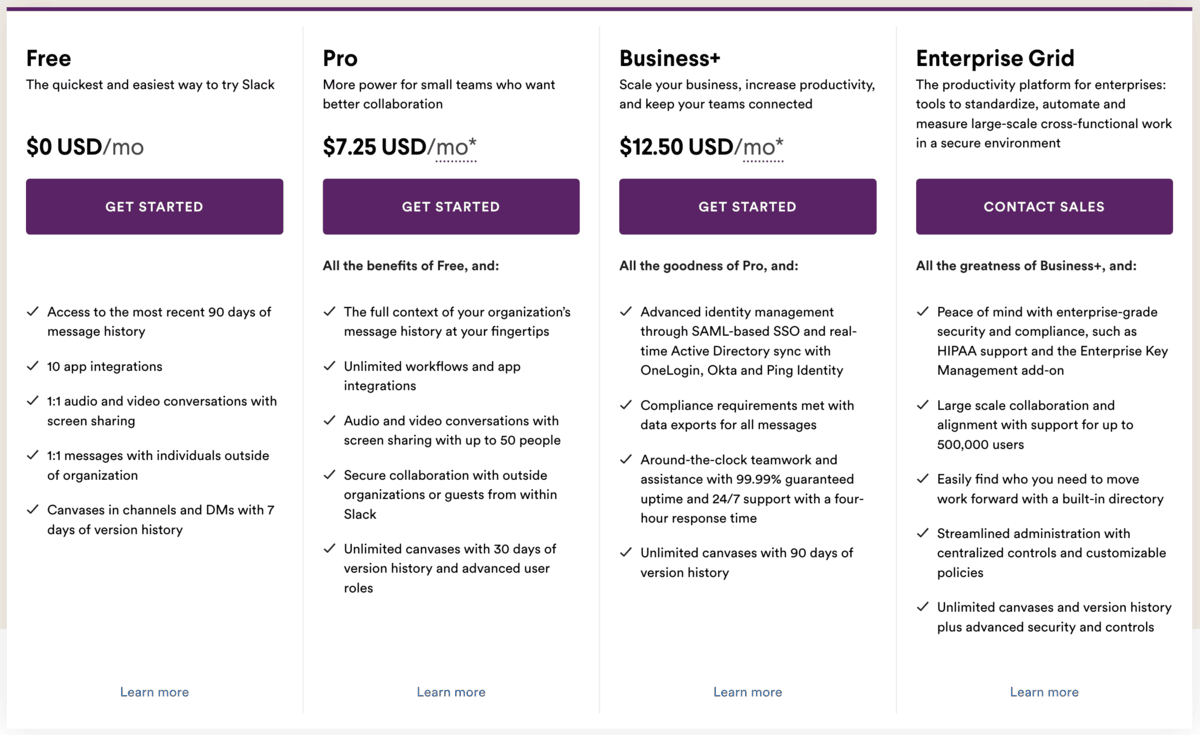
Pros & Cons
- Pros: Perfect for team communication.
- Cons: Not suitable for large-scale meetings.
7. Skype
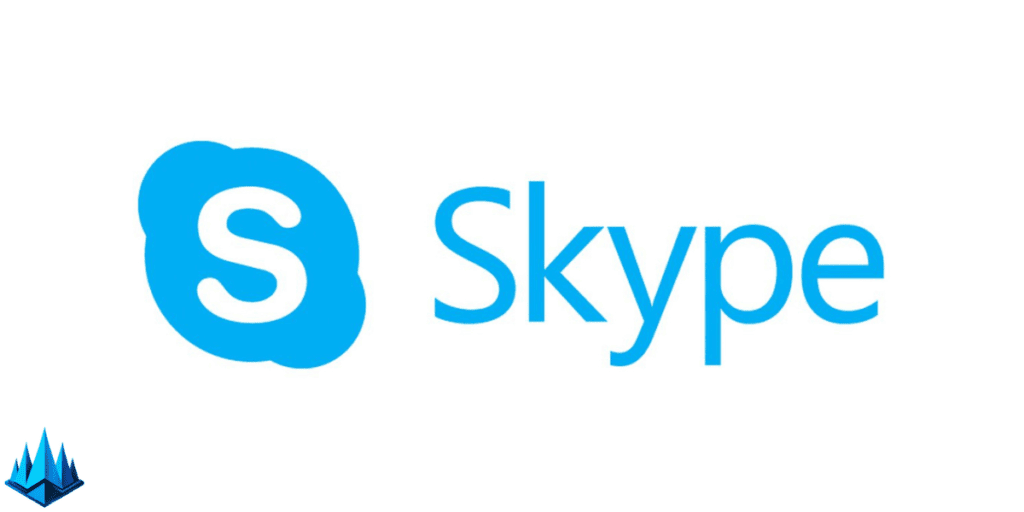
Skype is one of the pioneers in video conferencing, known for its wide accessibility and simple interface.
Key Benefits
- Easy to use and widely accessible.
- Free for individual use.
- Suitable for international calls.
Pricing
Skype is free for personal use, with paid options for business and international calls.

Pros & Cons
- Pros: Great for personal use and small teams.
- Cons: Overshadowed by newer platforms in business contexts.
8. Zoho Meeting
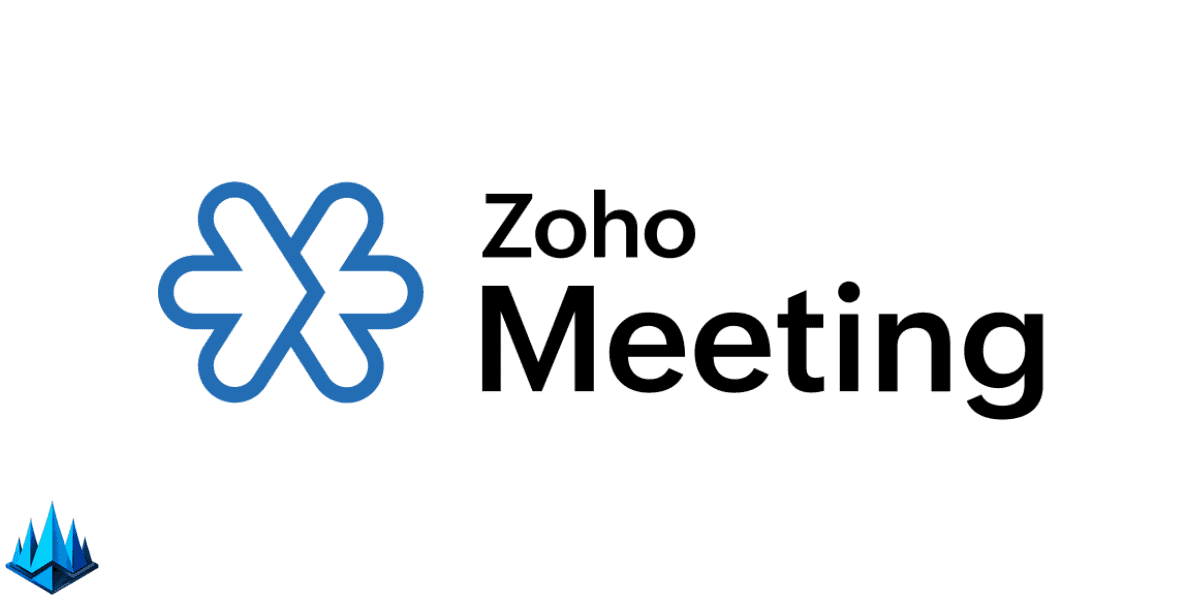
Zoho Meeting is an excellent choice for those already using Zoho’s suite of products, offering reliable video conferencing and webinars.
Key Benefits
- Integration with Zoho’s business tools.
- Secure and user-friendly.
- Effective for webinars and large meetings.

Pricing
Zoho Meeting has free and paid versions, suitable for different business sizes.
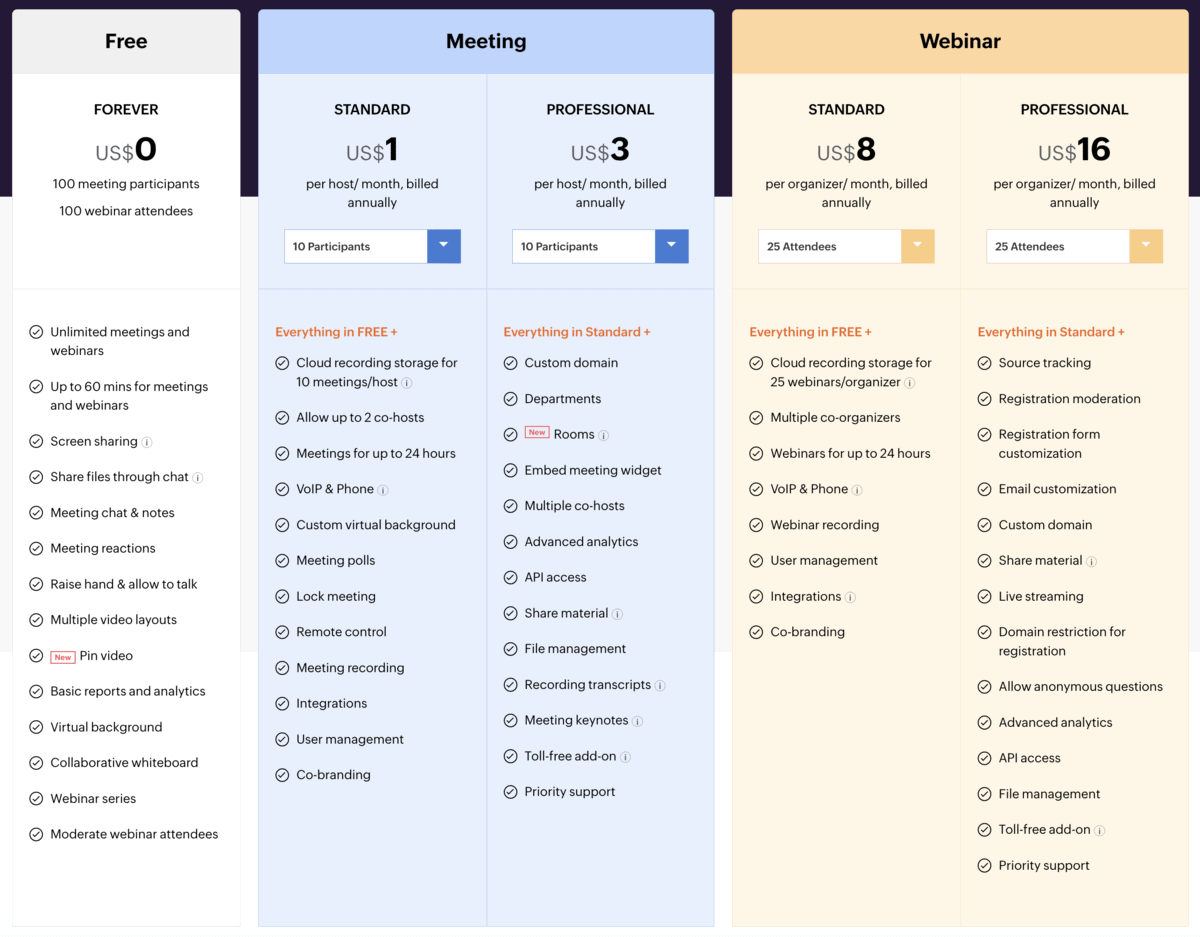
Pros & Cons
- Pros: Great for Zoho users.
- Cons: Features can be limited outside the Zoho ecosystem.
9. Adobe Connect

Adobe Connect stands out for its customizable virtual meeting rooms and powerful webinar capabilities.
Key Benefits
- Highly customizable meeting environments.
- Robust webinar features.
- Suitable for training and educational purposes.

Pricing
Adobe Connect offers several paid plans focusing on webinars and virtual classrooms.
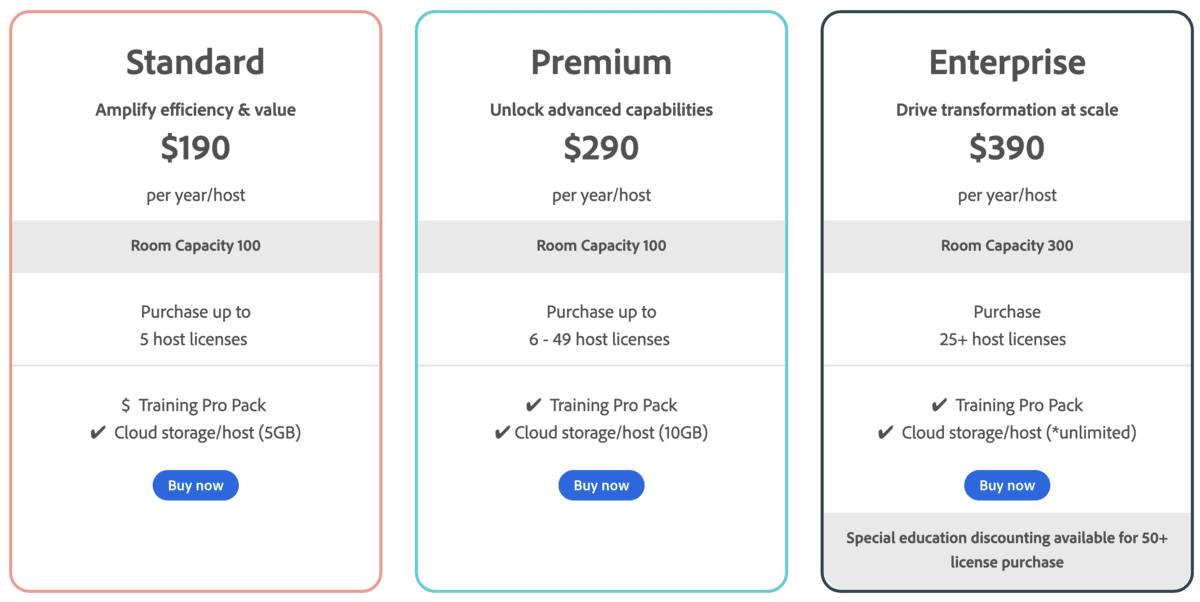
Pros & Cons
- Pros: Extremely versatile and customizable.
- Cons: It can be complex to set up
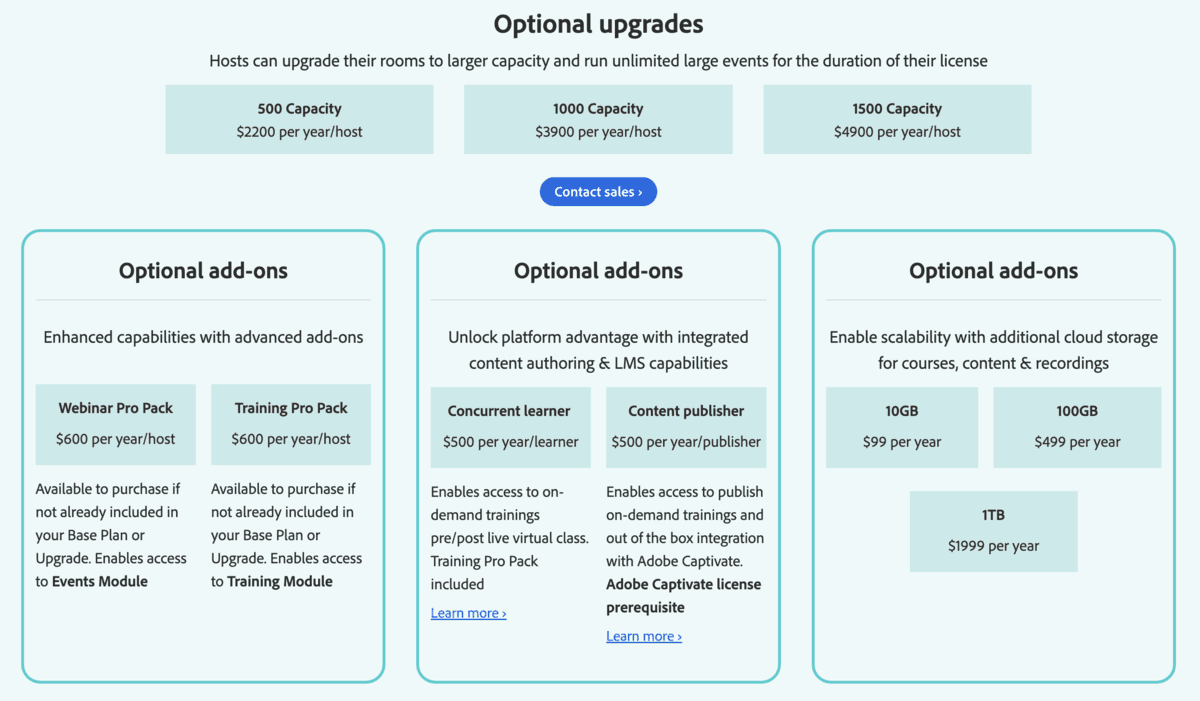
What Are the Game-Changing Aspects of Virtual Meetings?
Virtual meetings have revolutionized how we connect, breaking down geographical barriers and introducing flexibility unheard of in traditional meeting settings. The transition from physical to digital meeting spaces is not just a matter of convenience; it’s a shift towards inclusivity and adaptability in the professional world.
Key insights from the evolution of these platforms highlight the importance of user-friendly interfaces and the integration of various tools, enhancing the collaborative experience. With the rise of hybrid work models, these platforms are not just tools but essential bridges connecting diverse workforces, fostering a culture of accessibility and connectedness.
The future of virtual meetings hinges on innovation in areas like AI-driven assistance, improved security measures, and even more seamless integrations, ensuring that these platforms continue to evolve as indispensable facets of modern communication.
How Can Virtual Meetings Benefit You?
Virtual meetings offer significant benefits, extending beyond mere convenience. They facilitate a more inclusive environment, allowing participation from individuals regardless of location. This inclusivity fosters diverse perspectives, leading to more innovative and well-rounded decision-making in professional settings.
Another key benefit is cost-effectiveness. Virtual meetings eliminate the need for travel and physical meeting spaces, translating into substantial business savings. They also offer flexibility, accommodating varying schedules and enabling a better work-life balance, which is crucial in today’s fast-paced world.
Moreover, these platforms are continuously evolving, integrating advanced features like AI assistance and enhanced security, making virtual meetings a necessity and valuable asset in any professional toolkit.
Buyers Guide: How We Conducted Our Research
When identifying the best virtual meeting platforms, we meticulously evaluated each product based on the following criteria:
- Pricing: We compared the costs of each platform, considering both free and paid options, to determine the value for money.
- Features: Key features of each platform were examined to understand what sets them apart. This included video and audio quality, ease of use, screen-sharing capabilities, and integration with other tools.
- Negatives: We identified any shortcomings or limitations of each product, such as restrictions in free versions or usability issues.
- Support or Refund: The availability of customer support, community resources, and refund policies were considered, as these factors significantly impact user satisfaction and trust in the product.
Wrapping Up
In conclusion, our exploration of the best virtual meeting platforms has revealed diverse options, each tailored to different needs and preferences. From enhancing team collaboration to ensuring cost-effective solutions, these platforms are pivotal in today’s digital-first world. Whether you’re leading a remote team, conducting webinars, or simply staying connected, there’s a platform that fits your specific requirements.
Our comprehensive research is focused on providing the most relevant and helpful information. With our expertise in technology and user experience, we believe this guide will help you decide which virtual meeting platform best suits your needs. Remember, the right platform can revolutionize virtual interactions, fostering more productive, engaging, and meaningful connections.
Frequently Asked Questions
What is a Virtual Meeting?
A virtual meeting is a real-time video conference using internet technology to connect participants from different locations. It typically involves audio and video communication and often includes features like screen sharing, chat functions, and file sharing, enabling interactive and productive remote collaboration.
How Do I Choose the Right Virtual Meeting Platform?
Selecting the right virtual meeting platform depends on your needs. Consider factors like the size of your team, required features (like screen sharing, recording, or integration with other tools), ease of use, and budget. It’s also wise to look for platforms with reliable customer support and good security measures.
Can Virtual Meetings Replace In-Person Meetings?
While virtual meetings can’t completely replicate the experience of in-person meetings, they offer a viable alternative with numerous advantages like cost savings, convenience, and the ability to connect with people globally. For many purposes, especially in a business context, they are an adequate substitute.
Are Virtual Meetings Secure?
The security of virtual meetings depends on the platform you use. Most reputable platforms offer various security features like end-to-end encryption, password-protected meetings, and user authentication. It’s crucial to follow best practices for online security to enhance the safety of your virtual meetings.
What Equipment is Needed for a Virtual Meeting?
Basic requirements for a virtual meeting include a device with internet access (like a computer, tablet, or smartphone), a webcam, and a microphone. Good quality headphones or speakers are also recommended for better audio clarity. Advanced setups might include external microphones or cameras for improved video and audio quality.











